

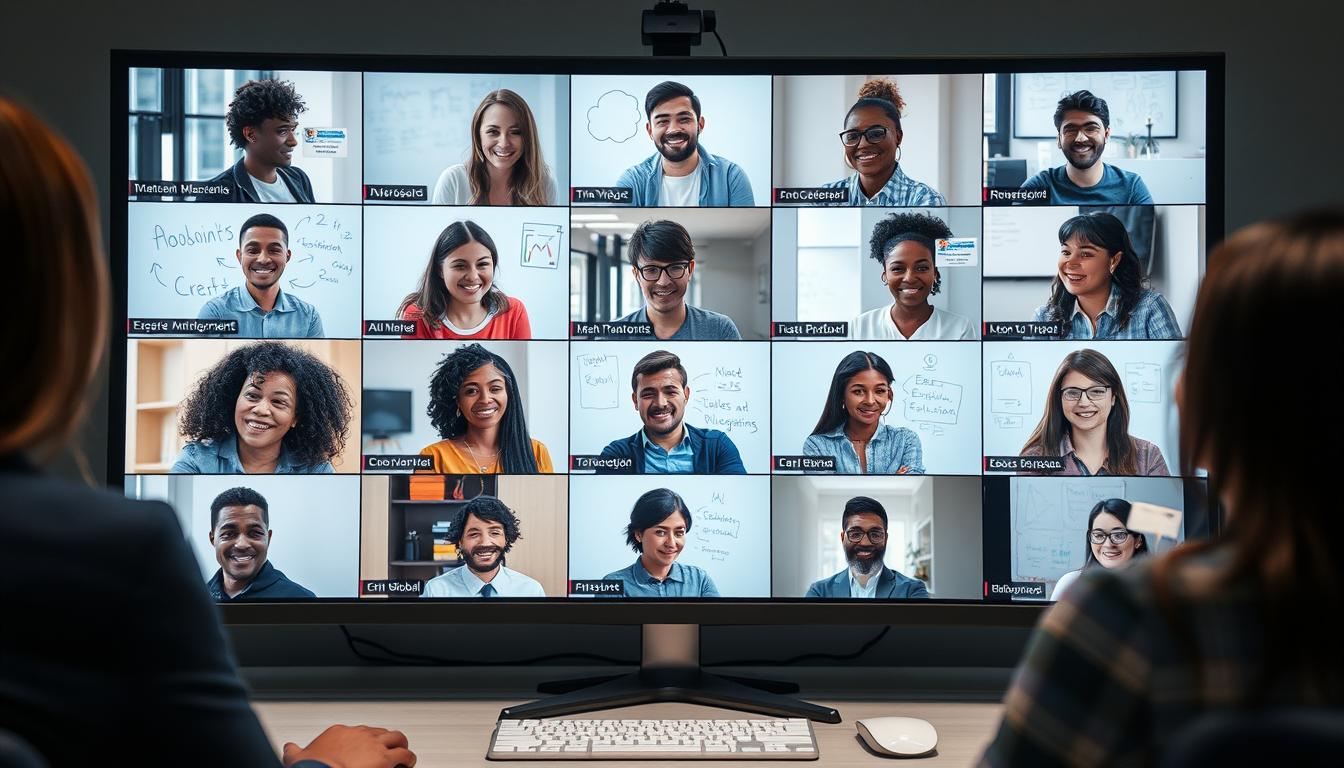
In today's interconnected world, the most innovative companies aren't limited by geography. They're building a creative culture that transcends borders, time zones, and cultural differences. At our studio, we've discovered that a globally distributed team isn't just a necessity in the modern workplace—it's a competitive advantage that brings diverse perspectives to every project.
When team members from Tokyo to Toronto collaborate, the resulting creative synergy produces solutions that a homogeneous team might never imagine. But fostering this environment doesn't happen by accident. It requires intentional strategies, thoughtful leadership, and the right technological infrastructure.

Global collaboration brings diverse perspectives that fuel innovation
A strong creative culture isn't just about having fun at work—though that's certainly a benefit. It's about creating an environment where innovation thrives, where team members feel empowered to share ideas regardless of their location or background, and where the sum becomes greater than its individual parts.
For global teams, building a creative culture is particularly crucial because:
According to a McKinsey study, companies with diverse teams are 35% more likely to outperform their competitors. When we intentionally foster creativity across borders, we're not just building a pleasant work environment—we're creating a business advantage.
Building a creative culture across borders requires the right technological foundation. The tools you choose should eliminate friction, encourage spontaneous collaboration, and make distance feel irrelevant. Here's what we've found works best:

When your team spans multiple time zones, synchronous communication becomes challenging. Asynchronous tools allow creativity to flow without requiring everyone to be online simultaneously.
Tools like Notion, Confluence, and Google Docs create a single source of truth for your team. They allow for collaborative editing, commenting, and version control that keeps everyone aligned regardless of when they're working.
Digital whiteboarding tools like Miro and Figma enable teams to brainstorm, sketch, and iterate together. These platforms preserve the creative energy of in-person sessions while making them accessible to everyone, anywhere.
While asynchronous work forms the backbone of global collaboration, real-time connection remains vital for building relationships and solving complex problems.
Tools like Notion, Confluence, and Google Docs create a single source of truth for your team. They allow for collaborative editing, commenting, and version control that keeps everyone aligned regardless of when they're working.
Platforms like Gather.town create virtual offices where team members can "bump into" each other, recreating the spontaneous interactions that spark creativity in physical workplaces.
We're always looking to improve our collaboration stack. Share which tools have helped your team build a creative culture across borders, and we'll send you our complete collaboration toolkit guide.
One of the greatest challenges—and opportunities—in building a creative culture across borders is navigating cultural differences. Different cultures have varying approaches to creativity, communication, and collaboration. The key is finding the balance between honoring these differences and maintaining a cohesive creative vision.

Research by Erin Meyer, author of "The Culture Map," shows that creative processes vary significantly across cultures. For example:
At our studio, we've developed several approaches to harness the power of cultural diversity while building a creative culture that feels cohesive:
New team members receive training on cultural differences in creative processes. This helps everyone understand that there are multiple valid approaches to problem-solving.
We rotate meeting schedules to ensure the burden of odd hours doesn't always fall on the same team members, demonstrating respect for everyone's time and wellbeing.
Team members volunteer as cultural ambassadors who help translate not just language, but cultural contexts and nuances that might otherwise be missed.
Looking beyond our own experience, several companies have excelled at building a creative culture that spans continents. Their approaches offer valuable lessons for any organization with global ambitions.
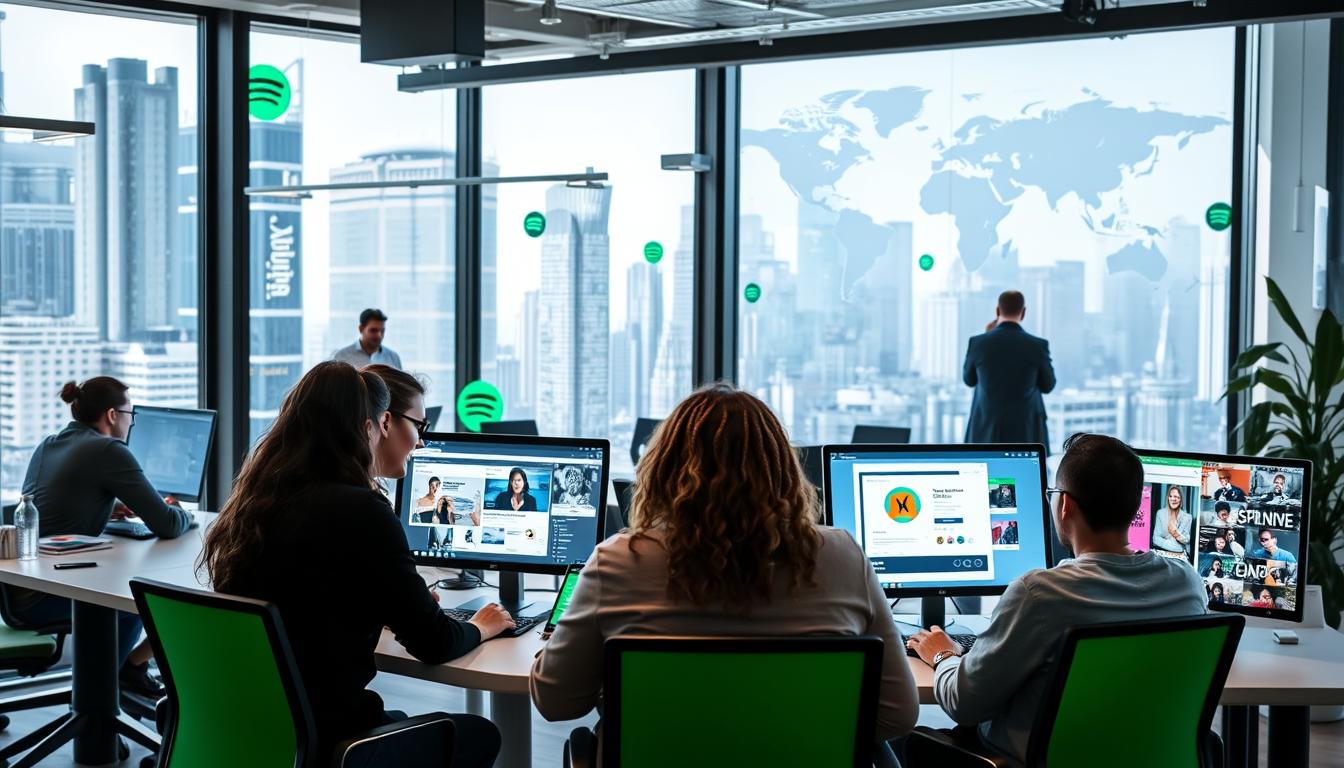
This approach has allowed Spotify to maintain its innovative edge while scaling across multiple countries. The key insight: trust your teams to find the best way to work within their cultural context, while providing clear direction on outcomes.
This approach has allowed Spotify to maintain its innovative edge while scaling across multiple countries. The key insight: trust your teams to find the best way to work within their cultural context, while providing clear direction on outcomes.
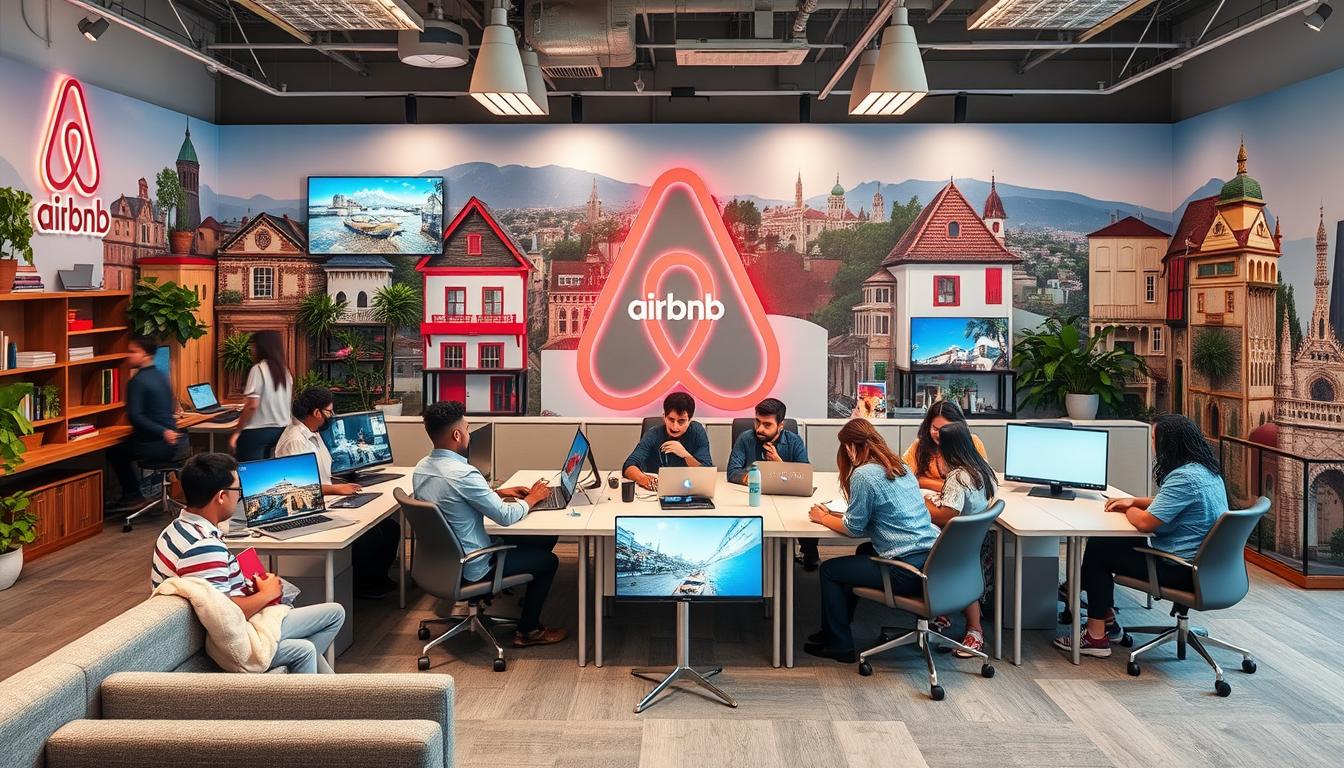
Airbnb has created a remarkably consistent creative culture across its global offices by putting design at the center:
By physically embodying their brand values in each office while maintaining flexibility for local needs, Airbnb has created a global creative culture that feels both cohesive and authentic to each location.
By physically embodying their brand values in each office while maintaining flexibility for local needs, Airbnb has created a global creative culture that feels both cohesive and authentic to each location.
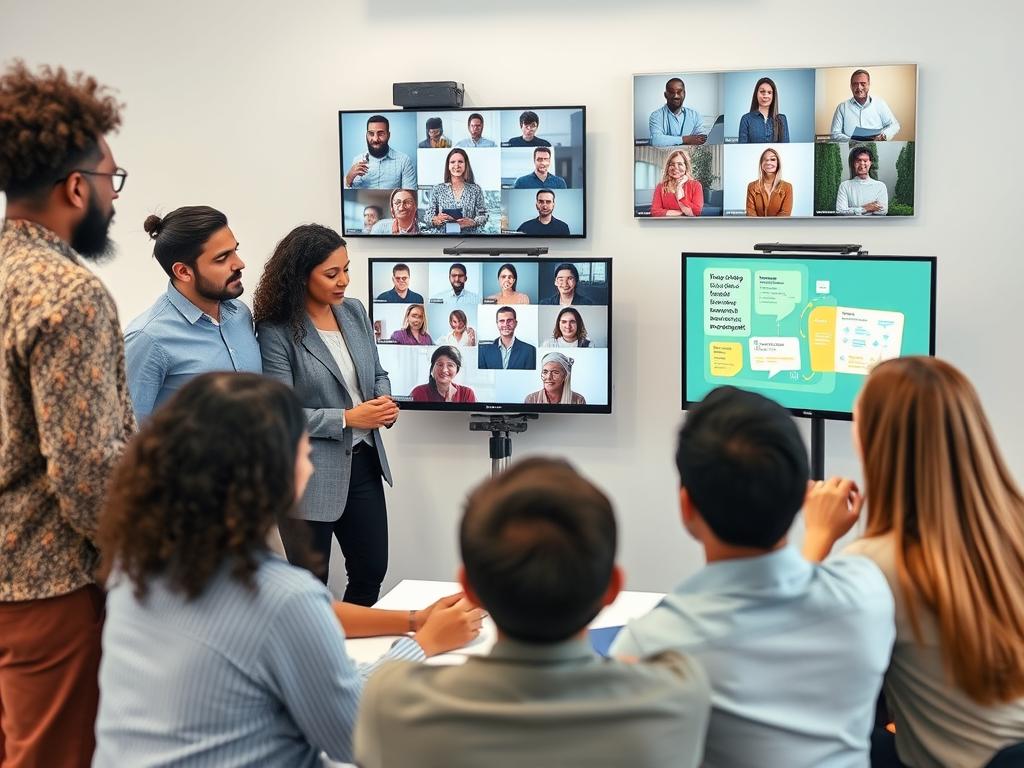
When leaders admit what they don't know and show curiosity about different perspectives, they create psychological safety that encourages creative risk-taking across the organization.
Empowering team members across different locations to make decisions demonstrates trust and allows for faster innovation that incorporates local insights.
Leaders who recognize thoughtful creative processes—even when they don't lead to immediate success—encourage the experimentation necessary for breakthrough ideas.
Beyond individual behaviors, leaders must establish systems that enable creative collaboration across borders:
Building a creative culture across borders isn't without its challenges. Acknowledging these obstacles is the first step toward overcoming them.
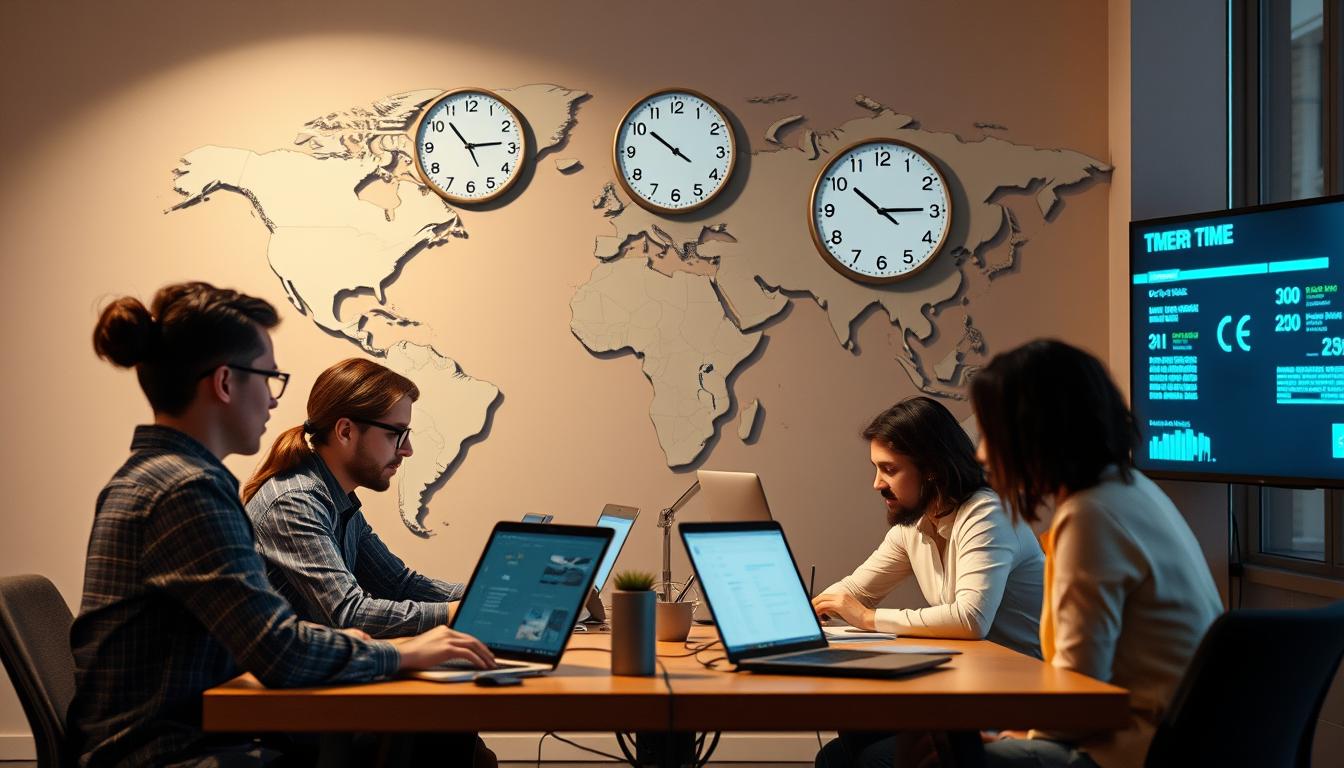
When team members consistently work at uncomfortable hours to accommodate colleagues, burnout can result. We address this by:
Language differences and communication styles can impede creative collaboration. Our solutions include:
How do you know if your efforts at building a creative culture across borders are working? While creativity can seem subjective, several metrics can help you assess progress:
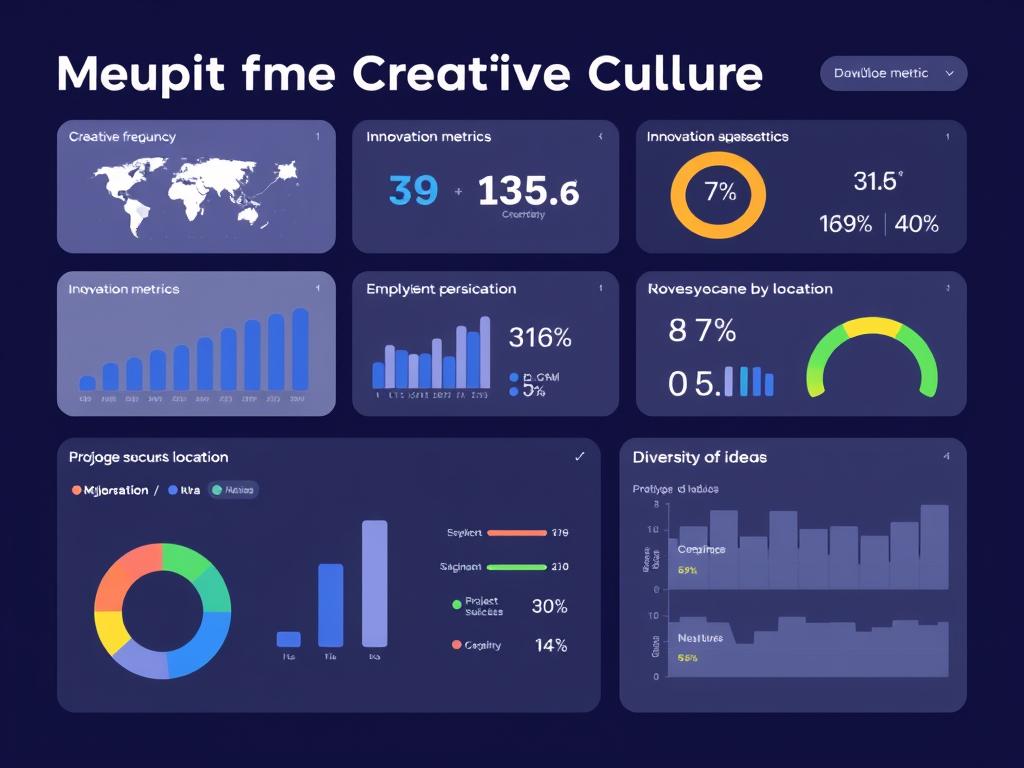
Track the number of new ideas generated, prototypes developed, and successful implementations across different locations. Look for balanced contribution from all regions.
Analyze communication tools to see if cross-location collaboration is happening organically or only when mandated. Healthy patterns show frequent, voluntary cross-border interaction.
Regular pulse surveys can reveal whether team members feel their ideas are valued regardless of location, and whether they feel connected to colleagues across borders.
If you're just beginning your journey toward a global creative culture, these initial steps can set you on the right path:

Building a creative culture across borders isn't a one-time initiative—it's an ongoing journey that requires constant attention and refinement. As your team evolves, so too will your approaches to fostering creativity and collaboration.
The most successful global creative teams recognize that cultural differences aren't obstacles to overcome, but assets to leverage. By embracing diverse perspectives, implementing thoughtful processes, and leading with empathy, you can create an environment where creativity flourishes regardless of geography.
Remember that the ultimate goal isn't just to produce creative work, but to build a community where team members feel connected, valued, and empowered to bring their best ideas forward—no matter where in the world they happen to be.
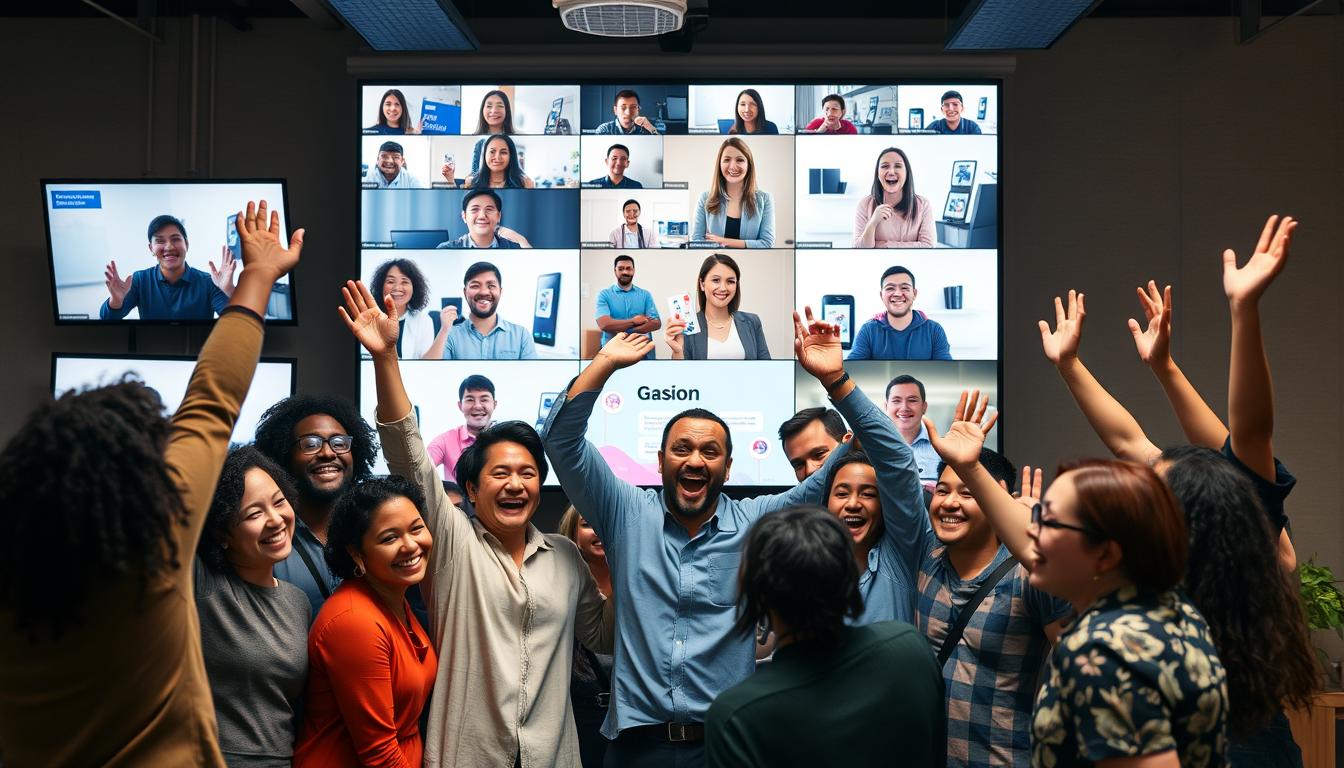
We're building a community of leaders dedicated to fostering creativity across borders. Share your experiences, challenges, and successes in building a creative culture with your global team.